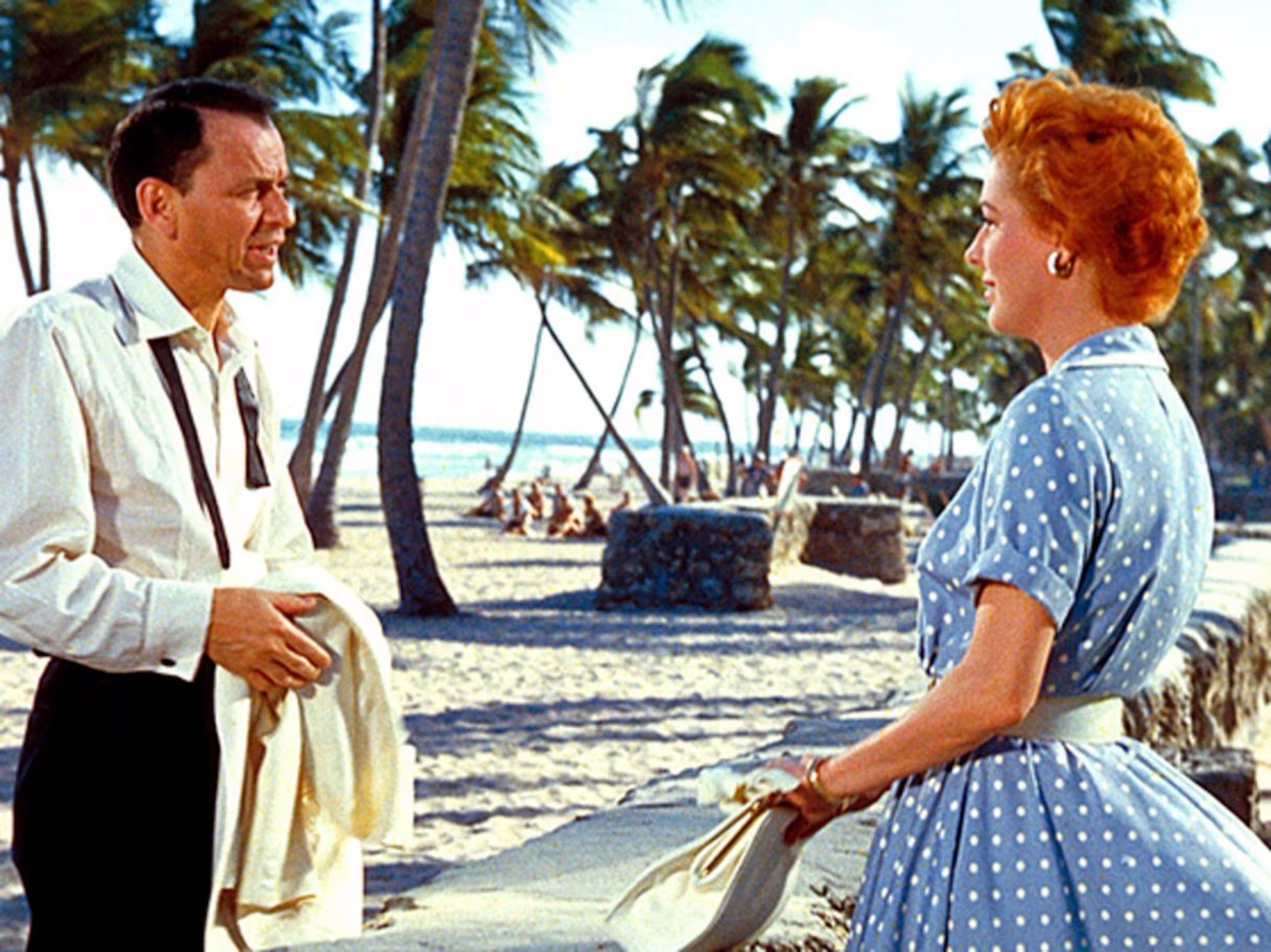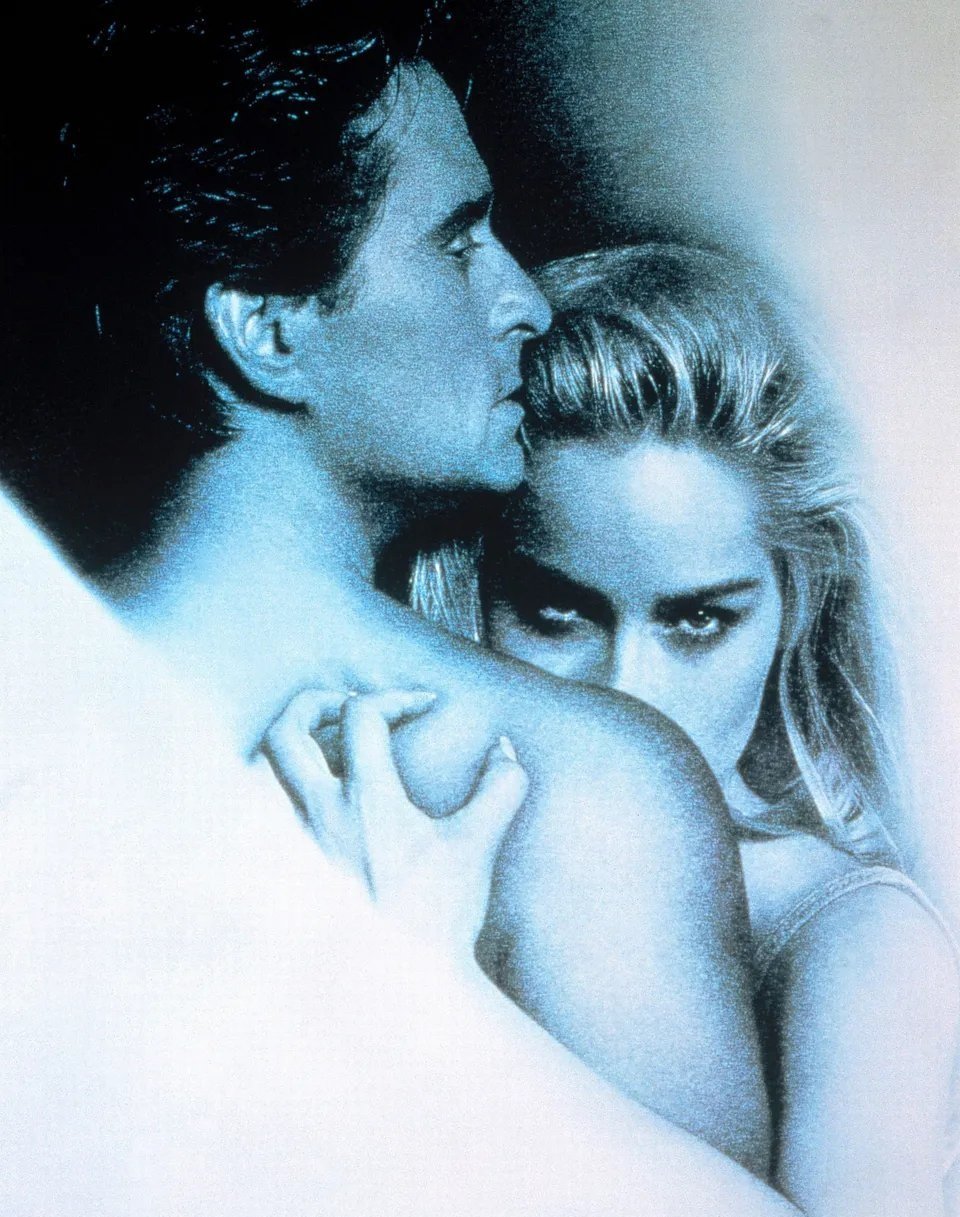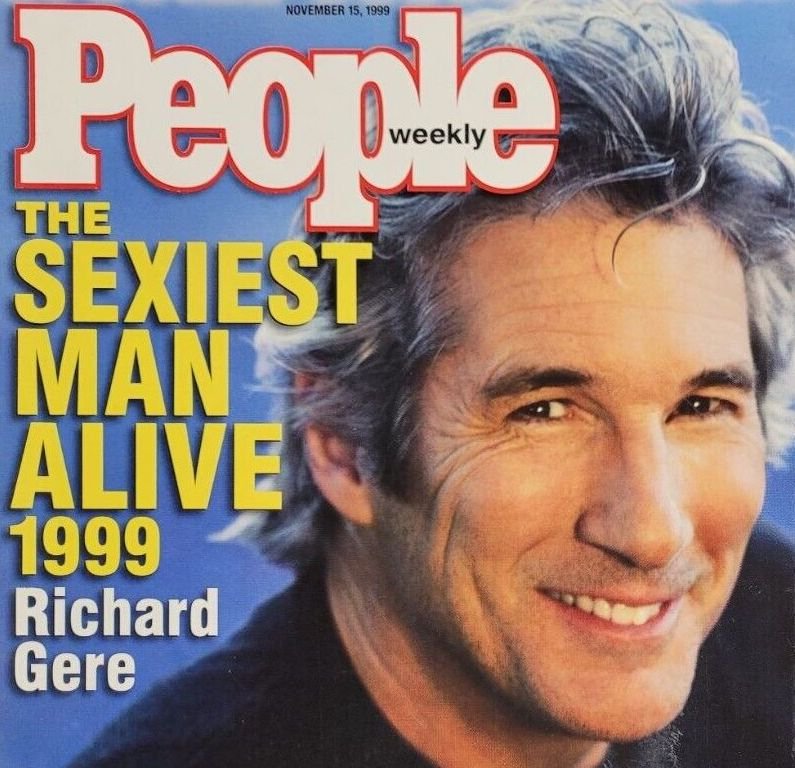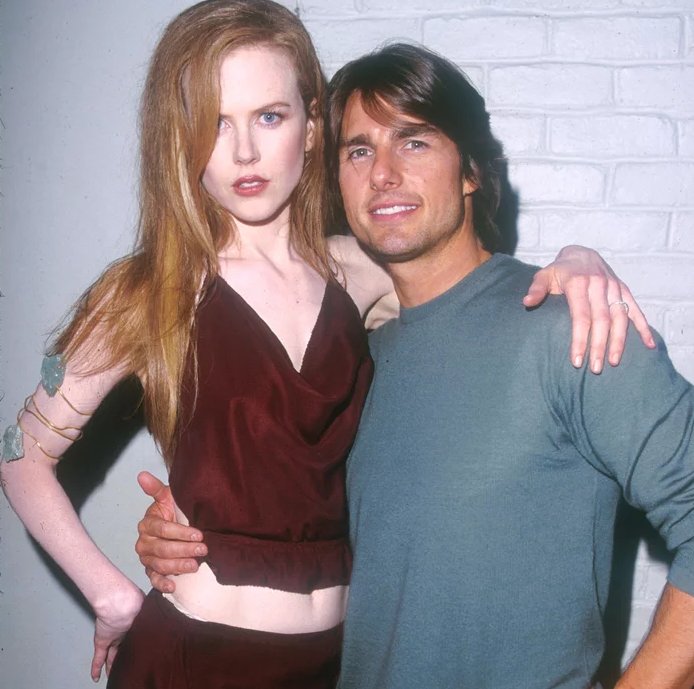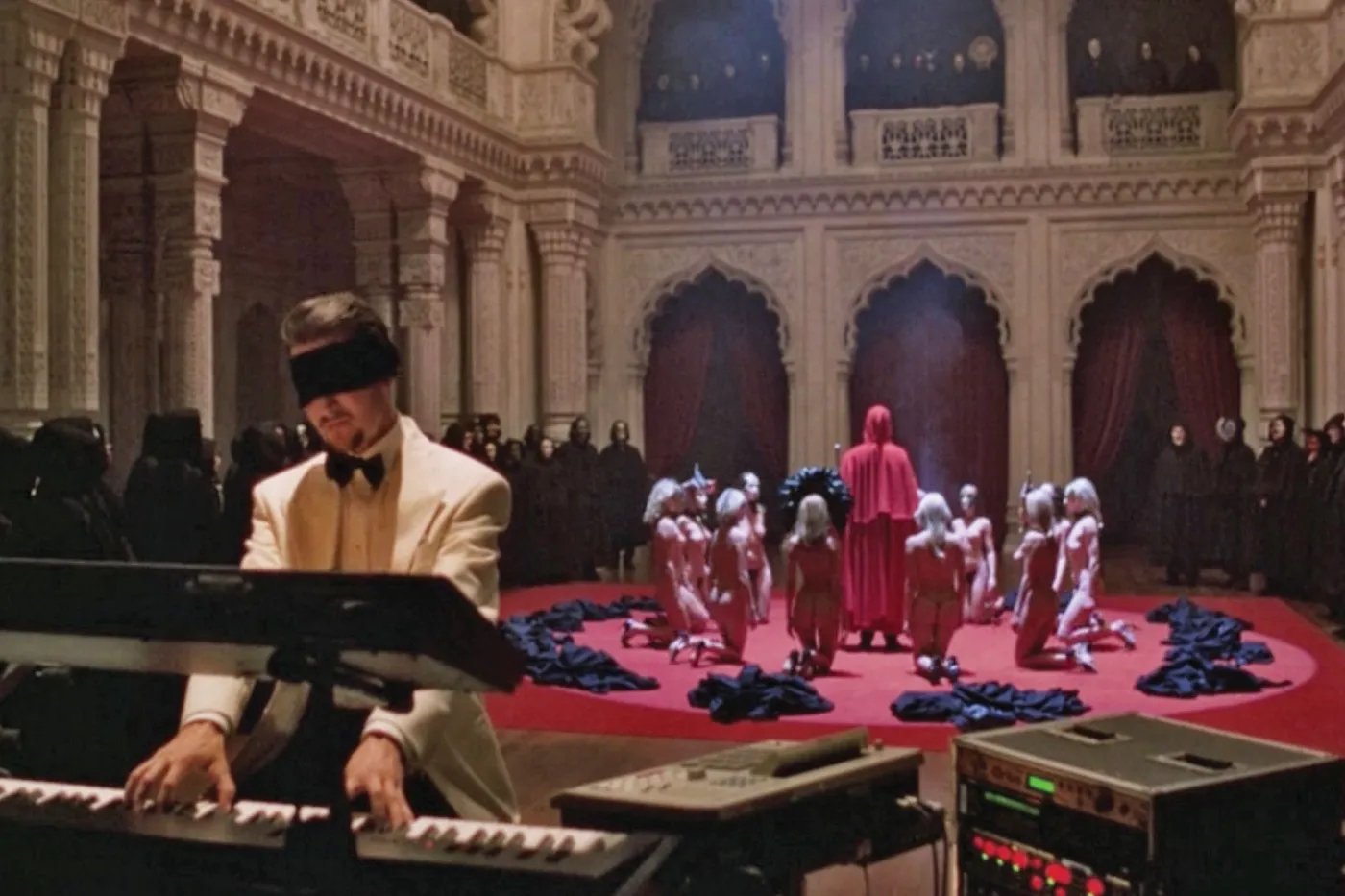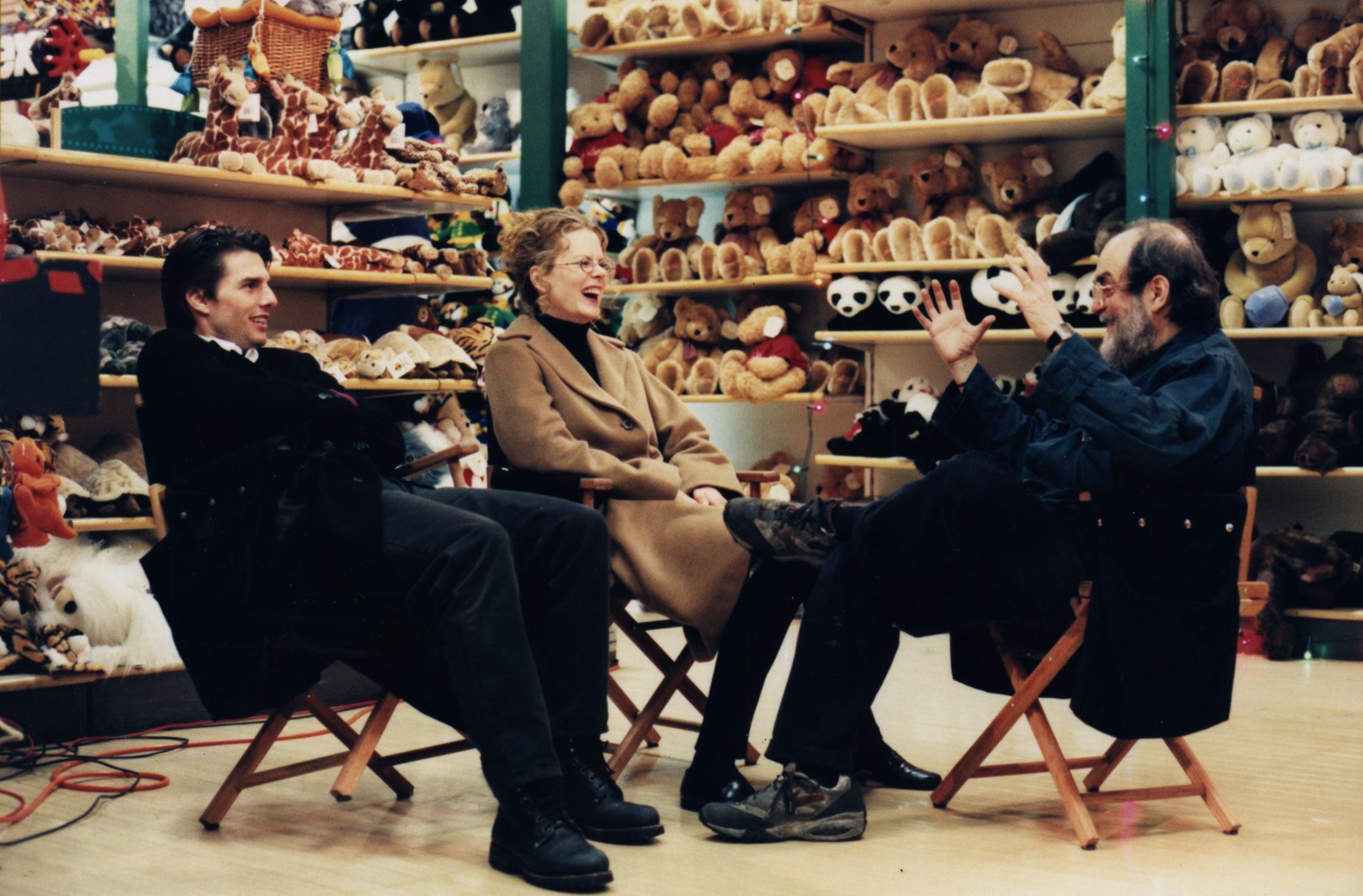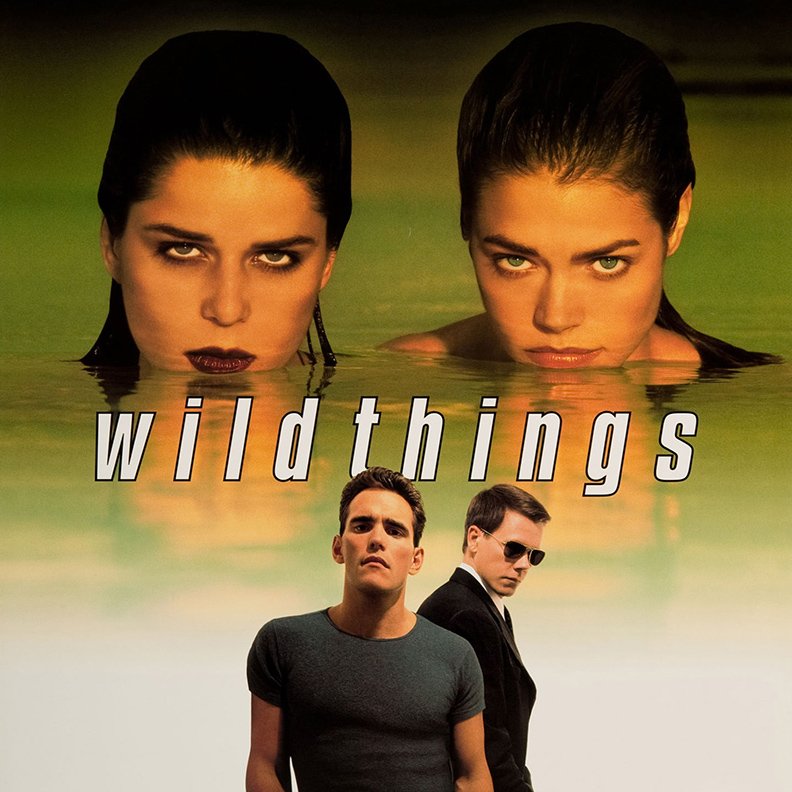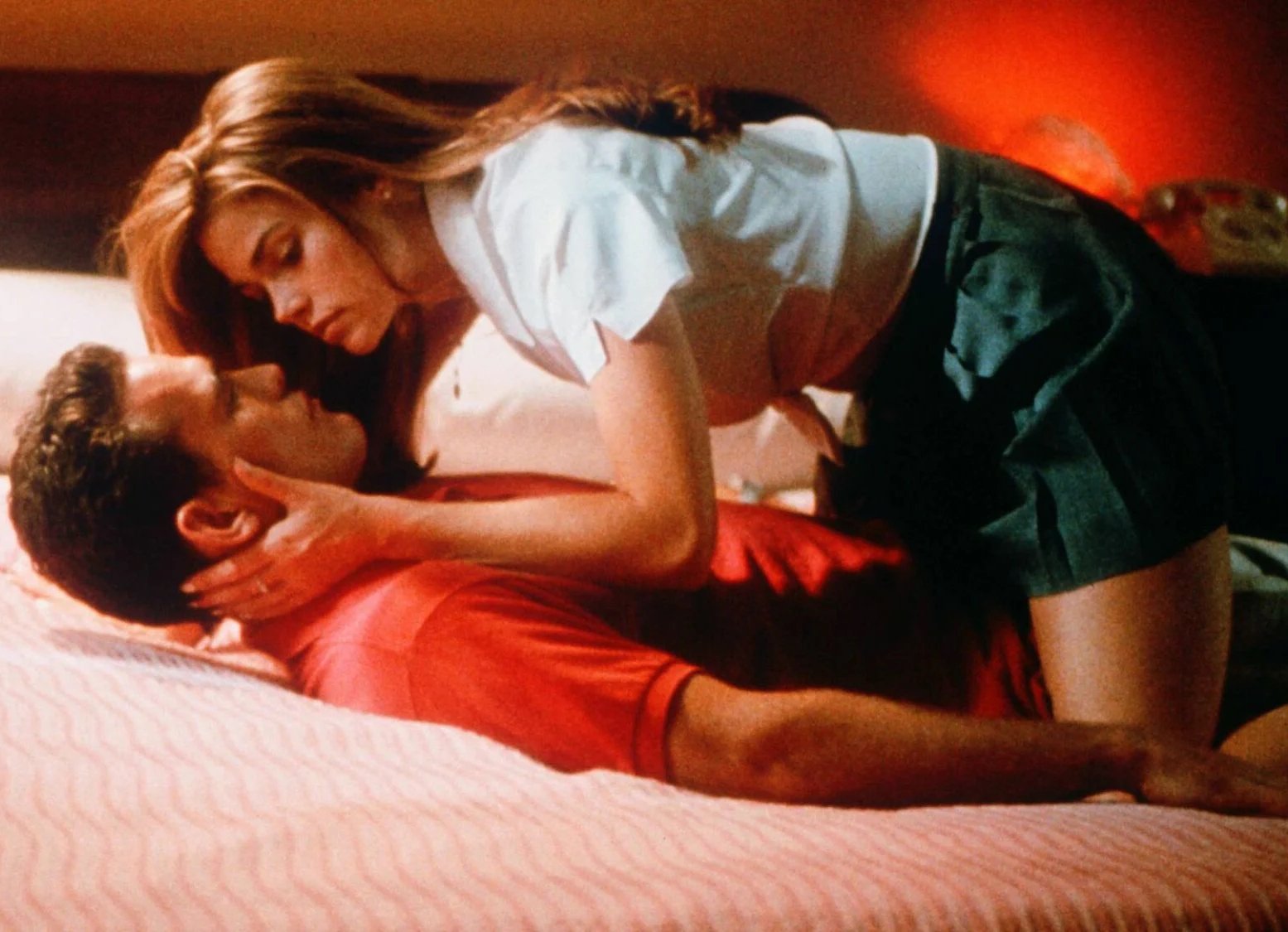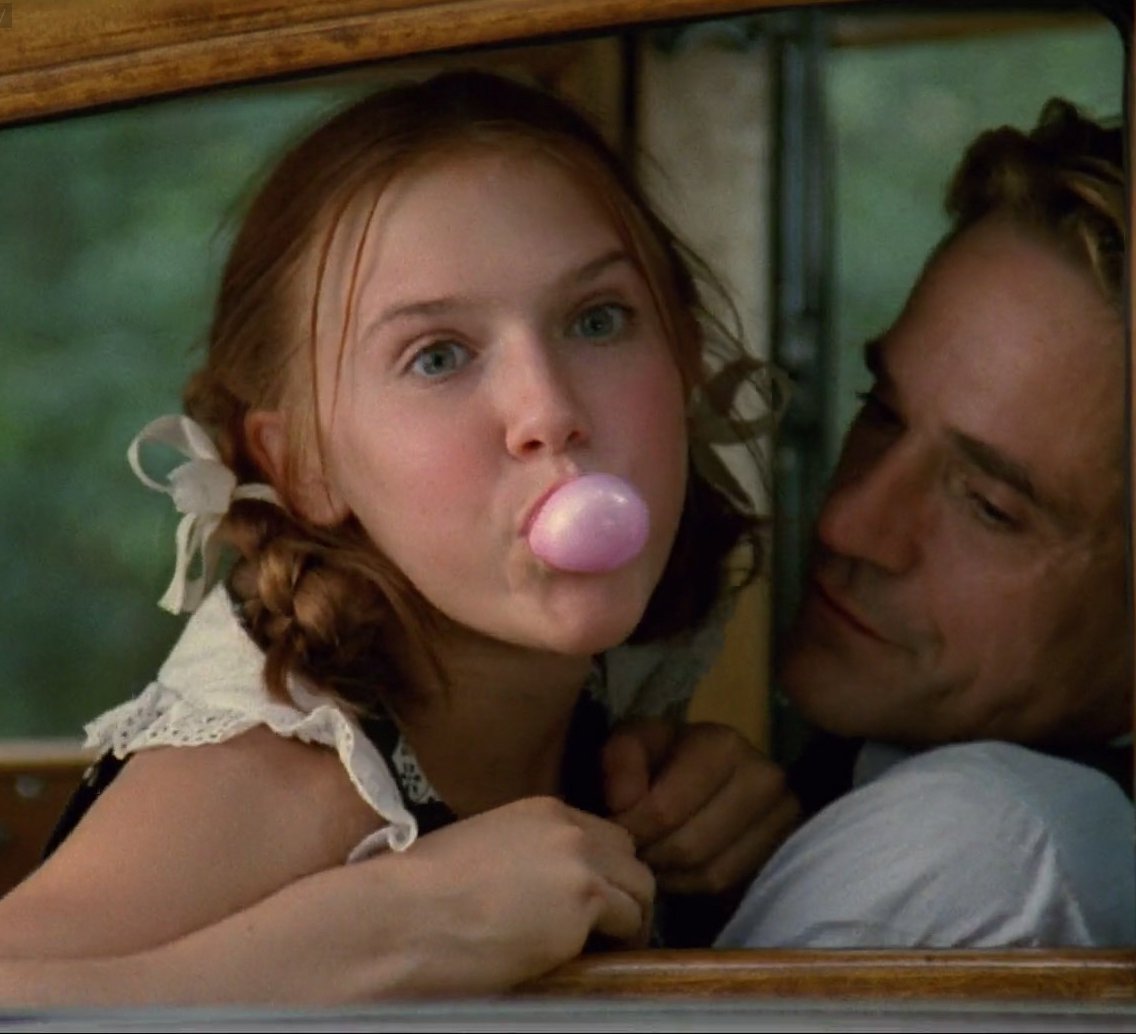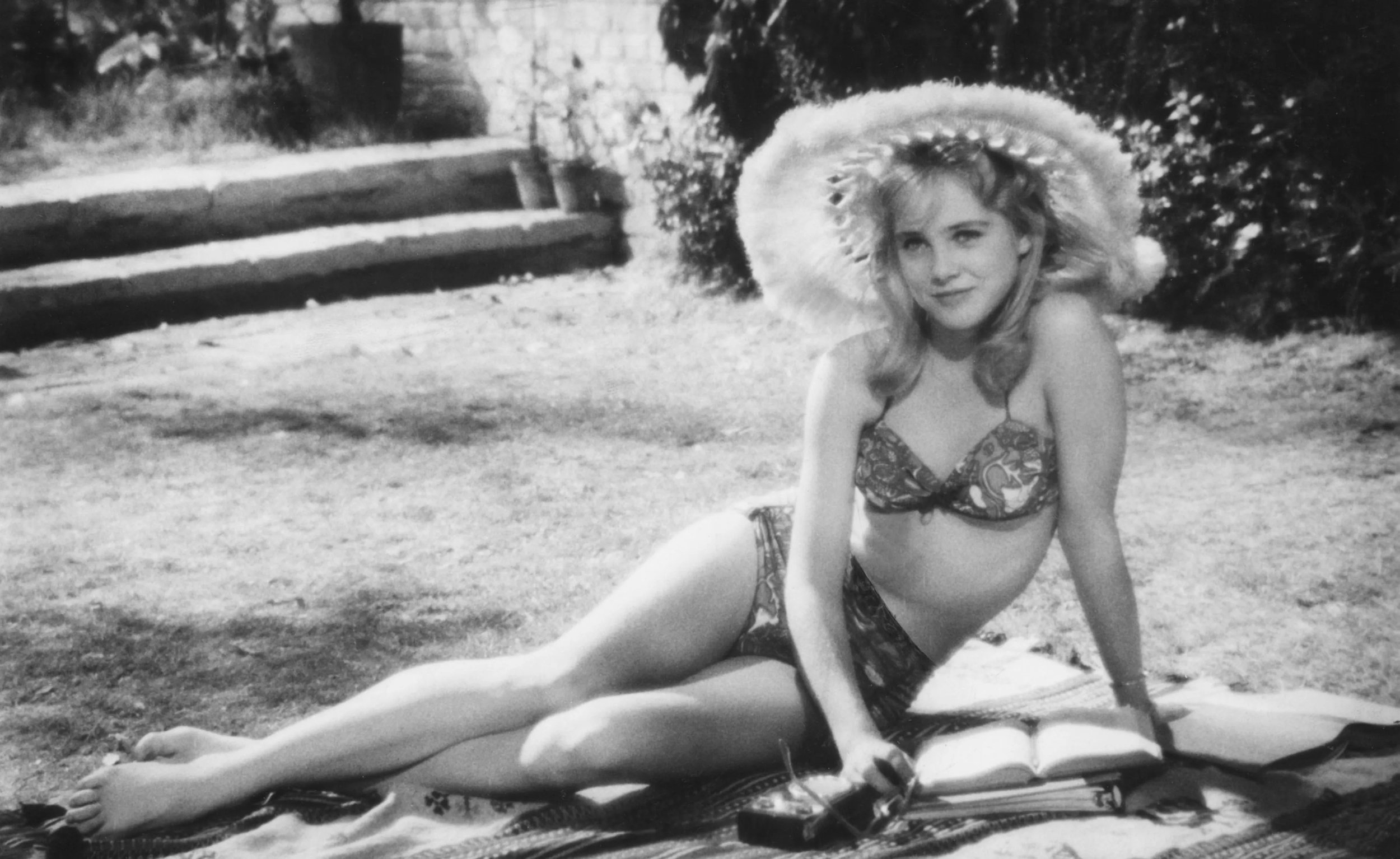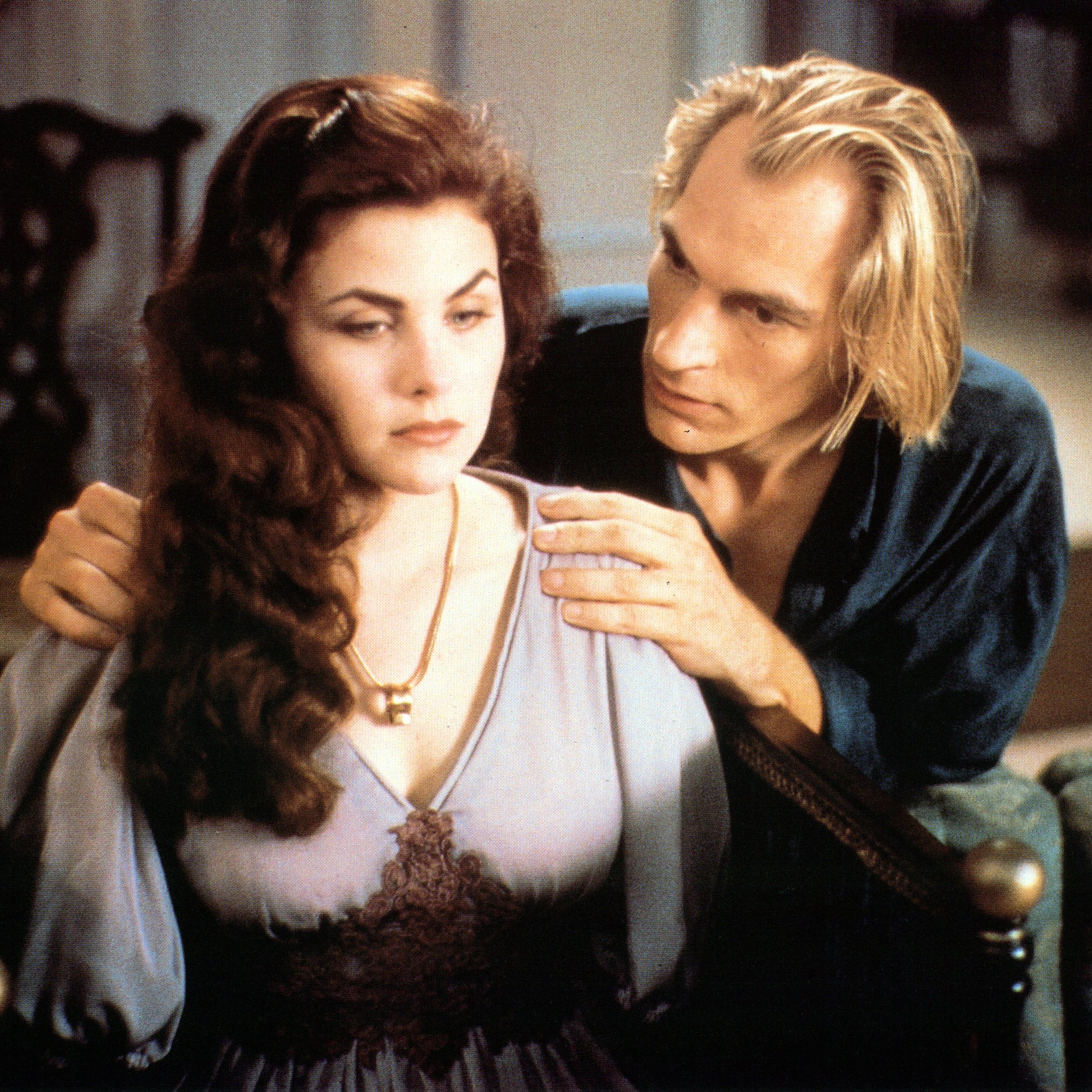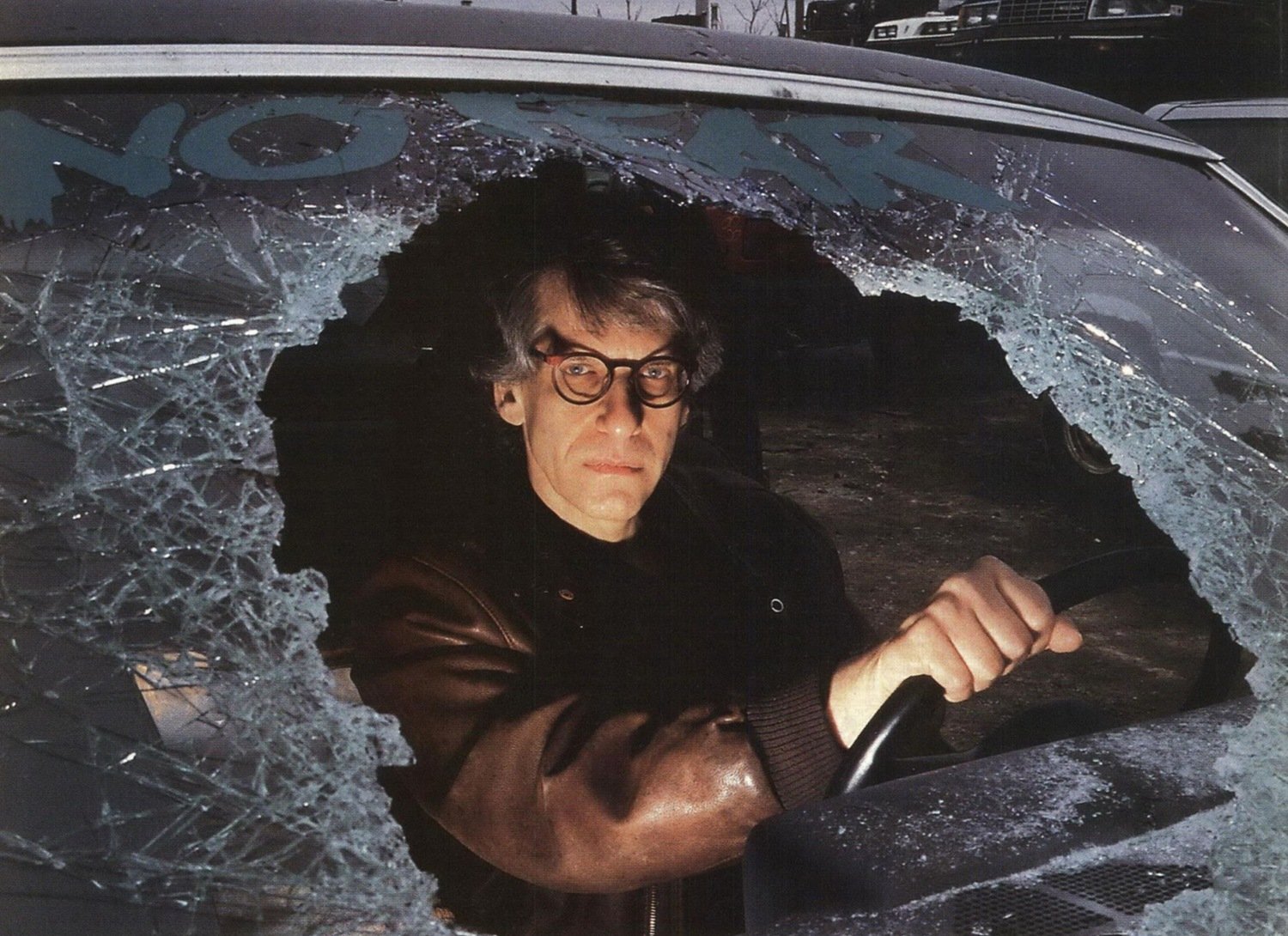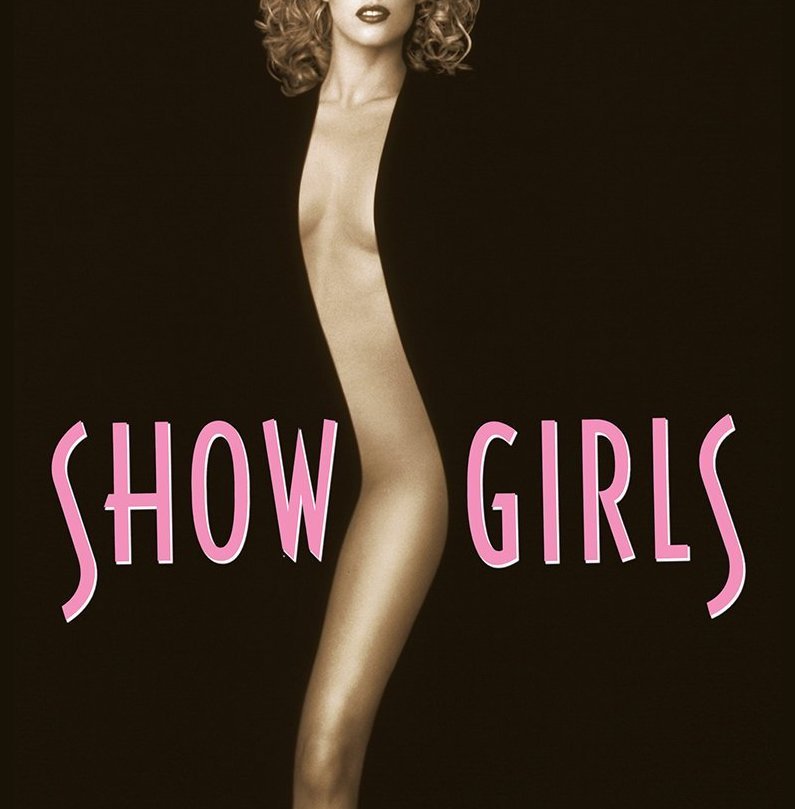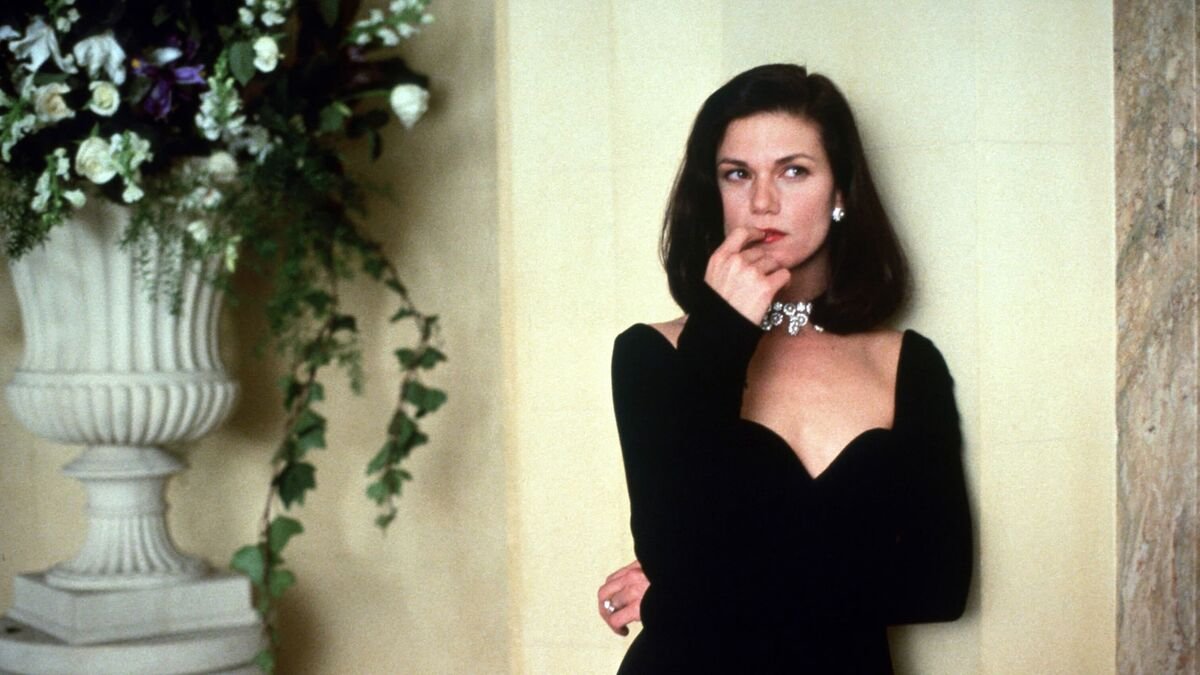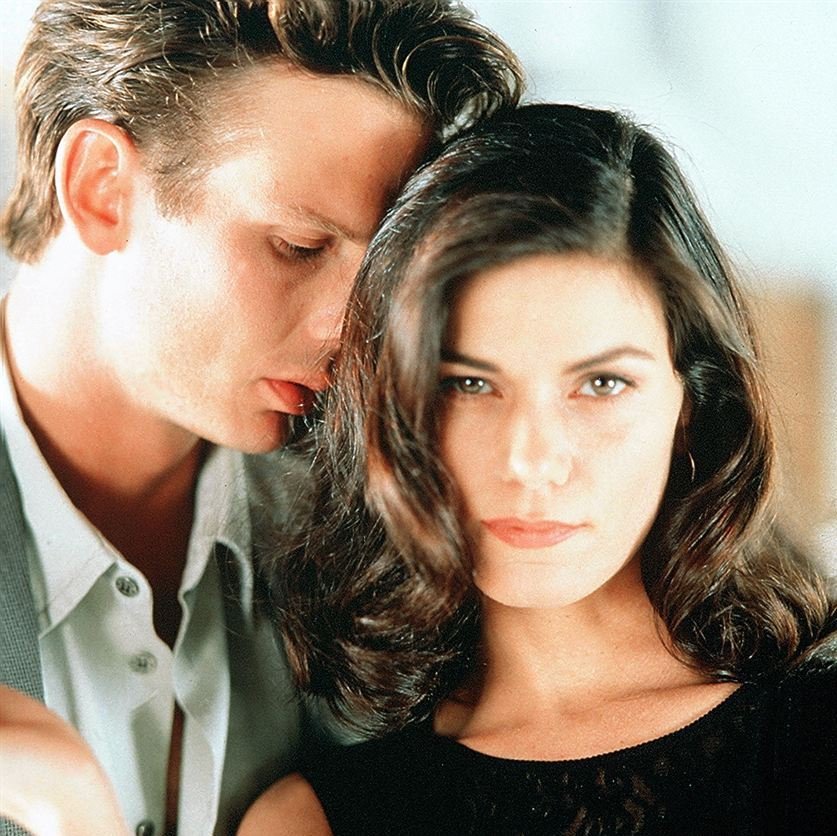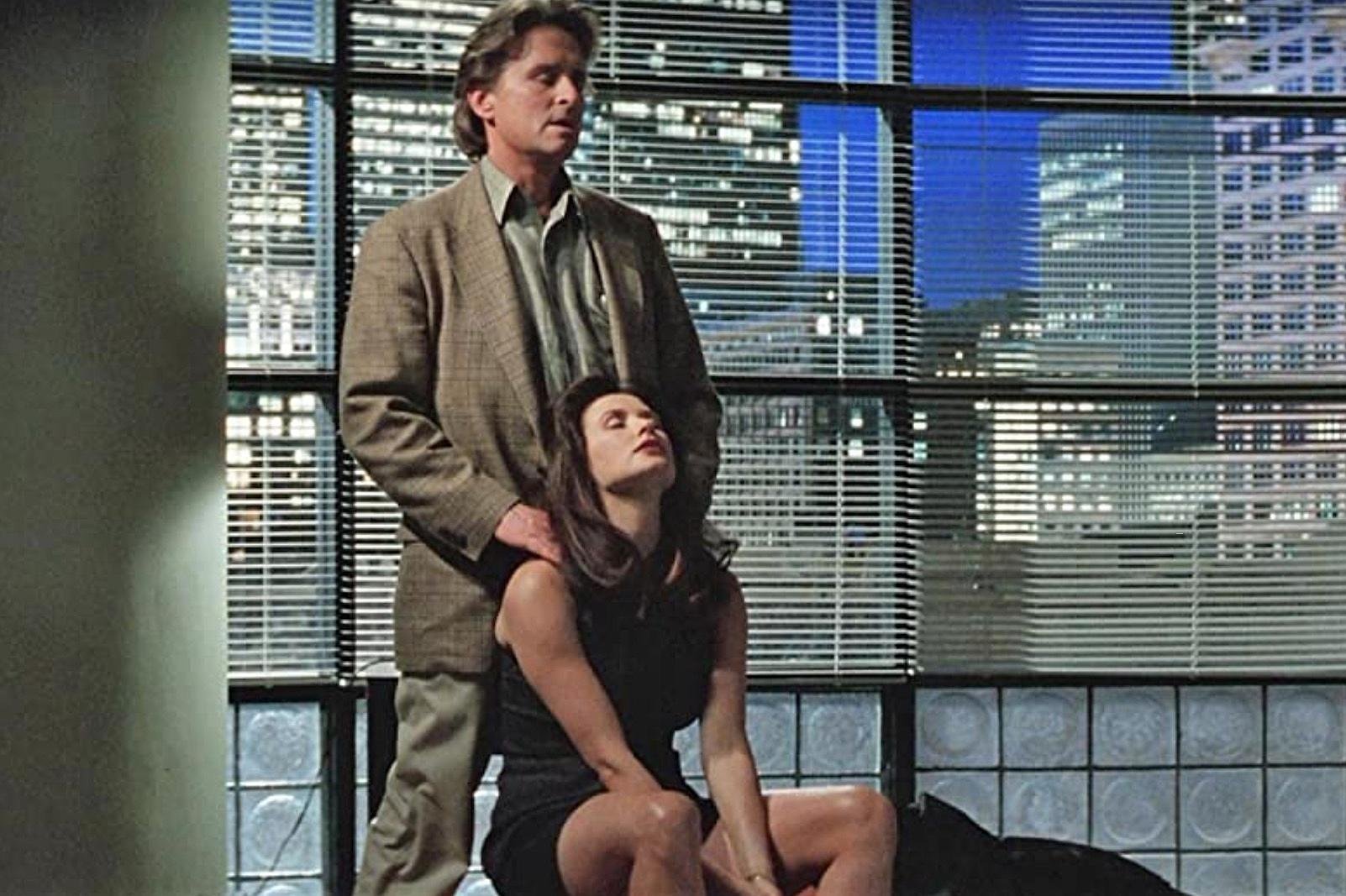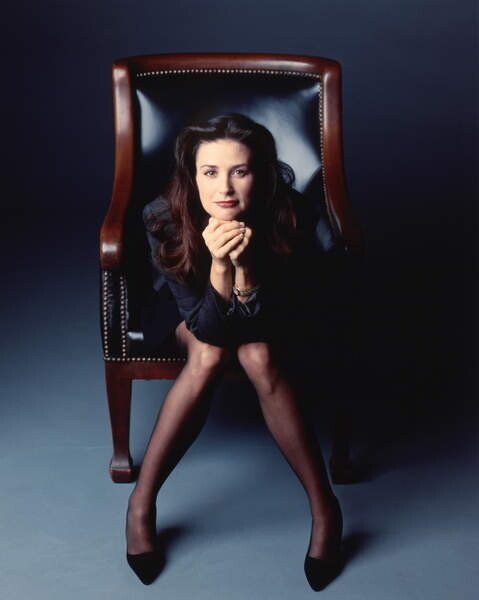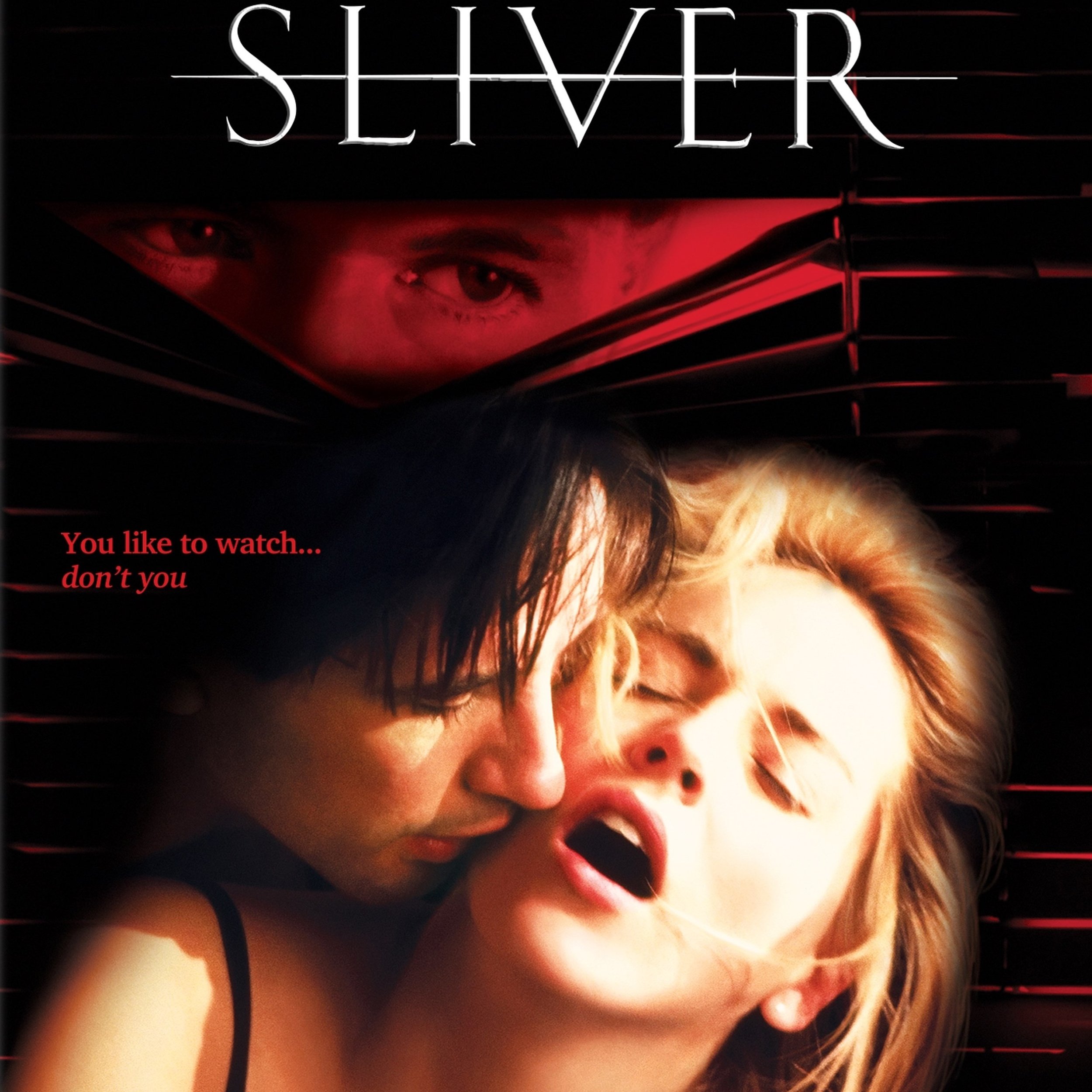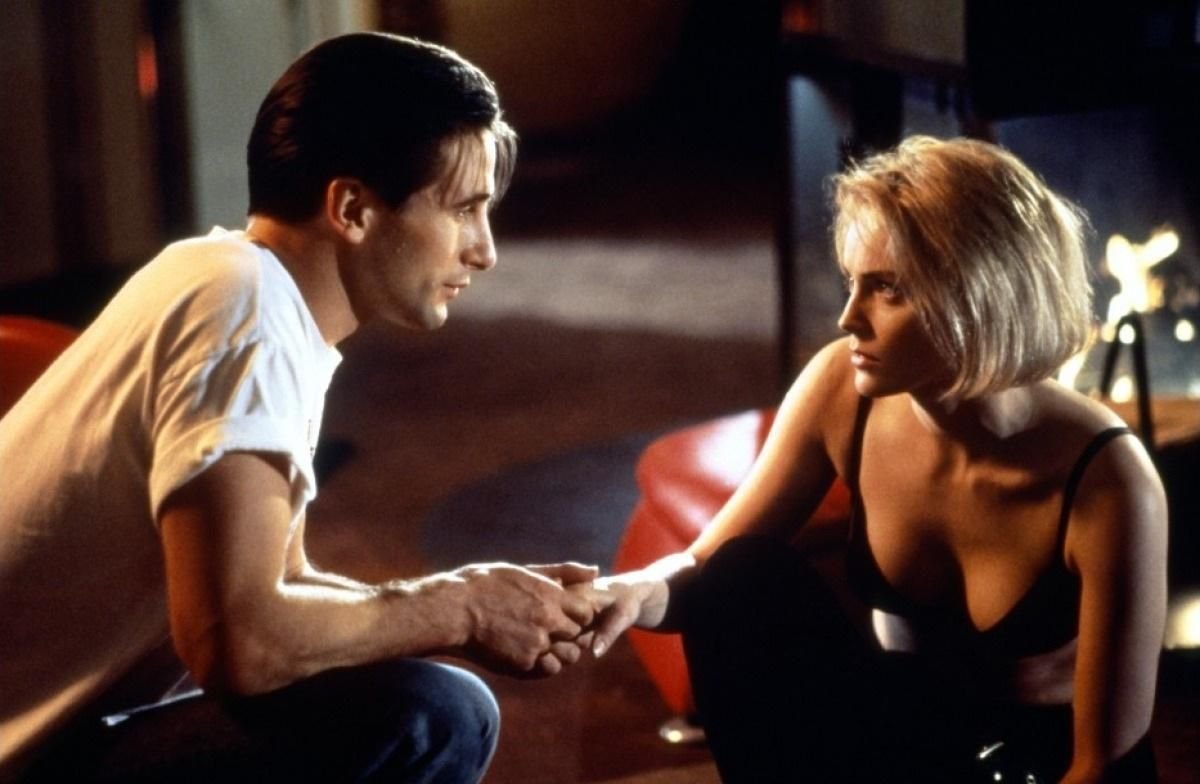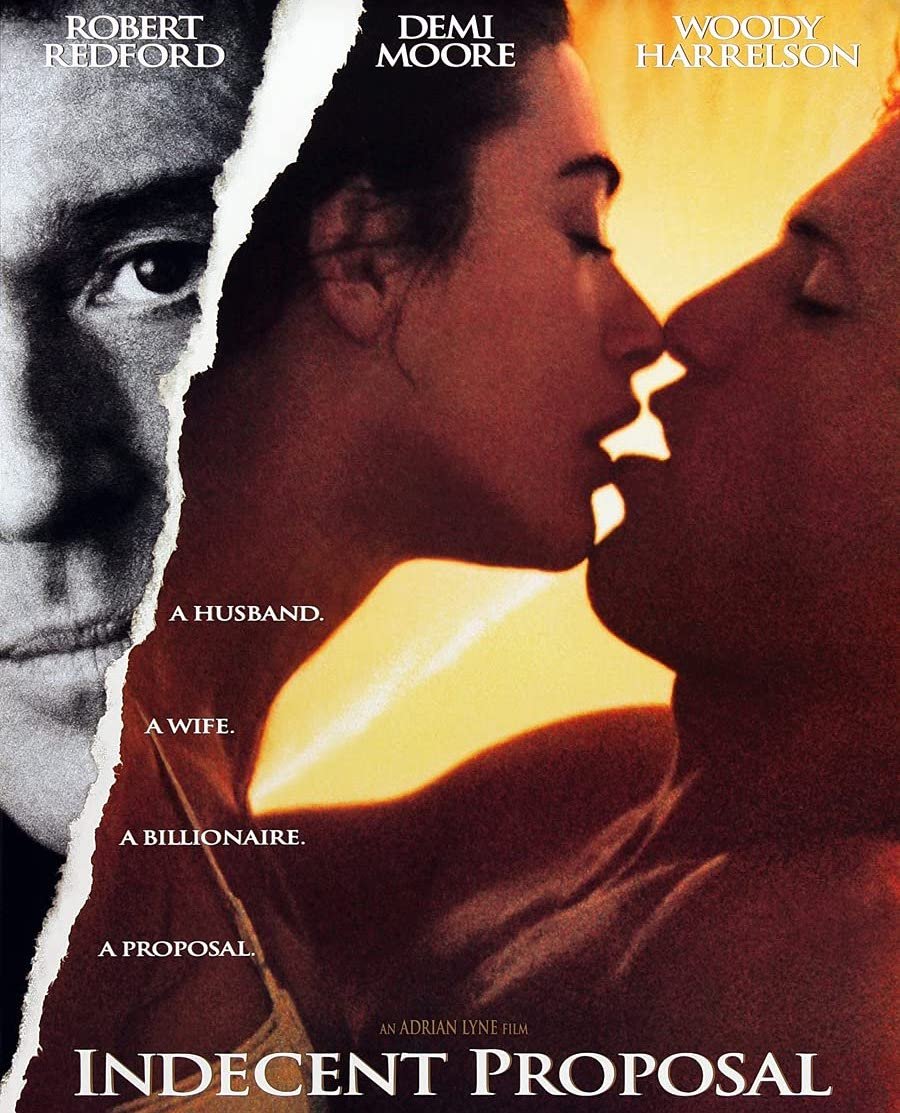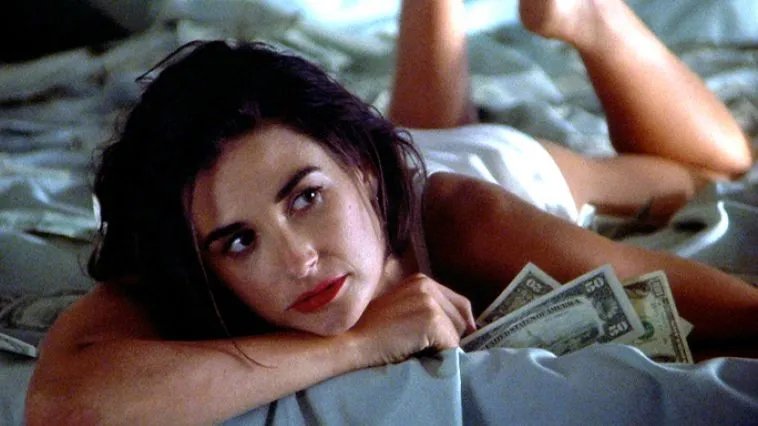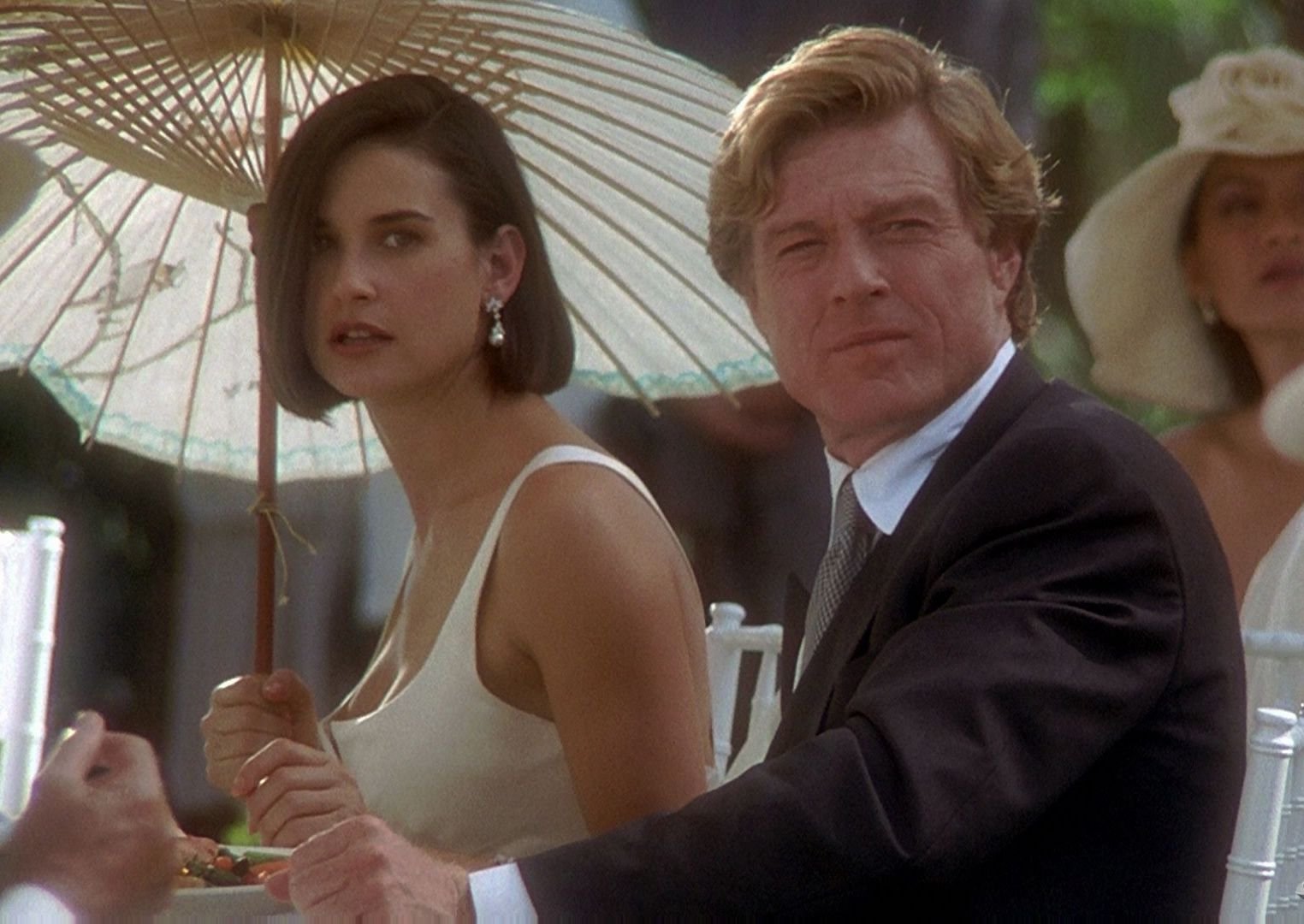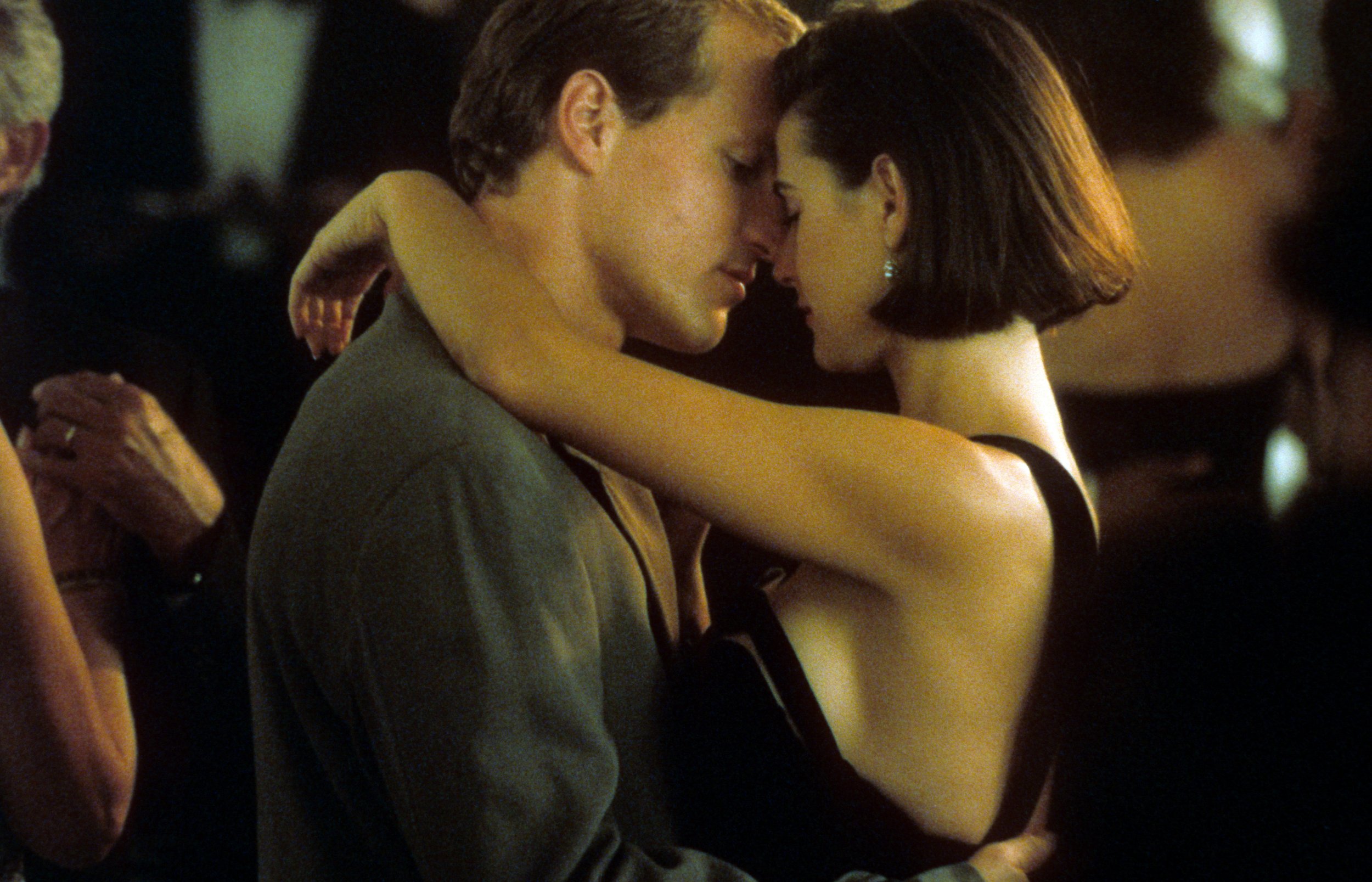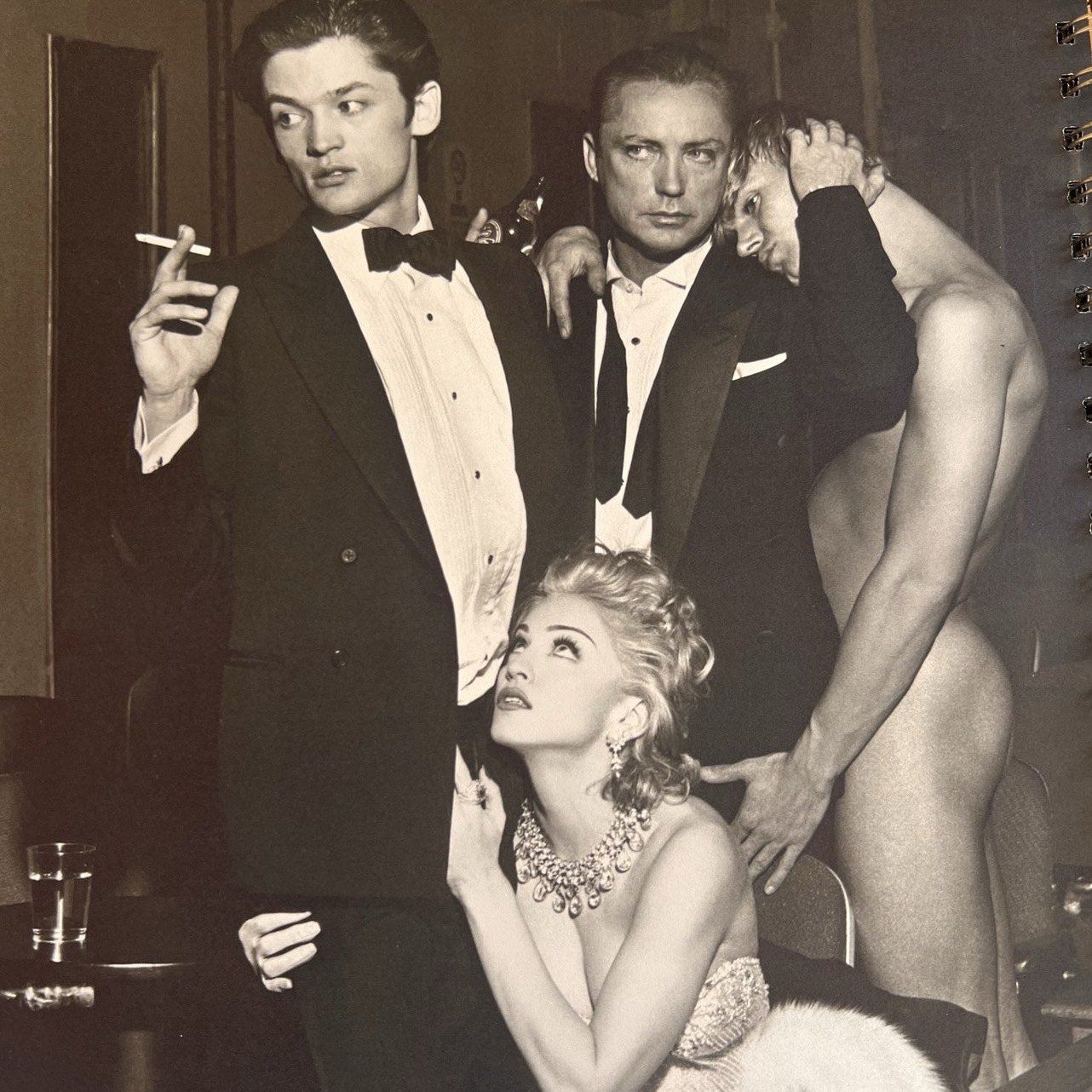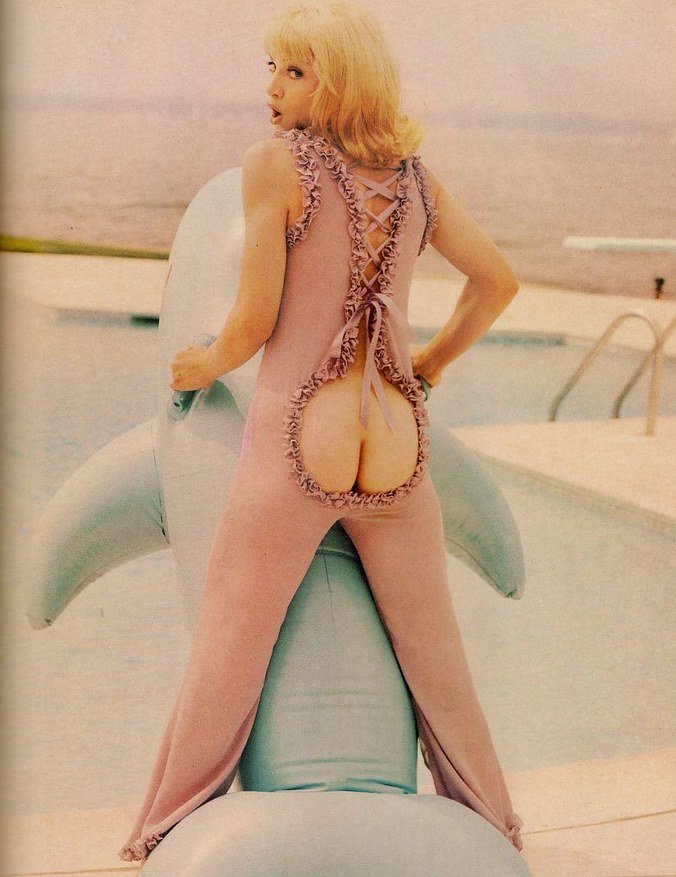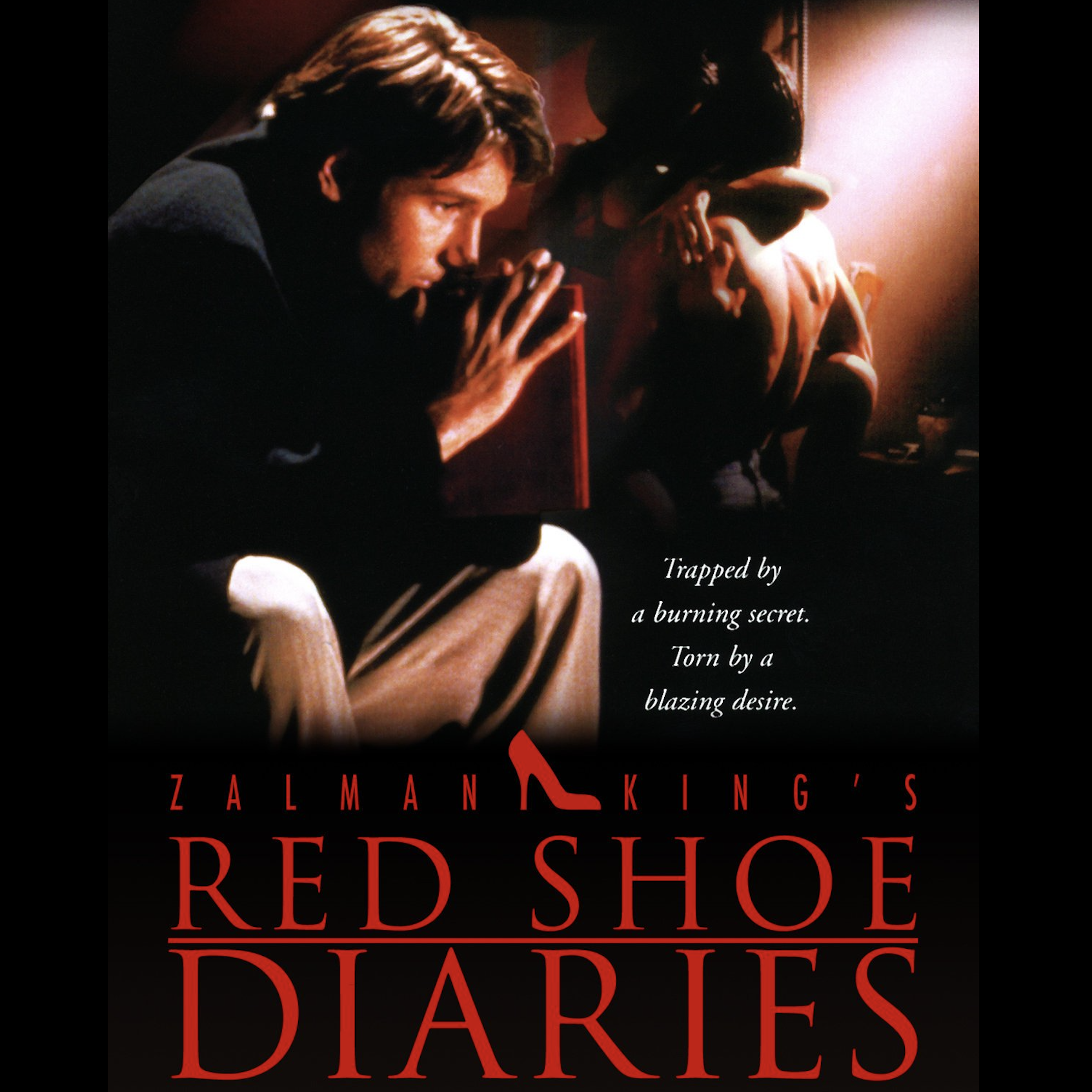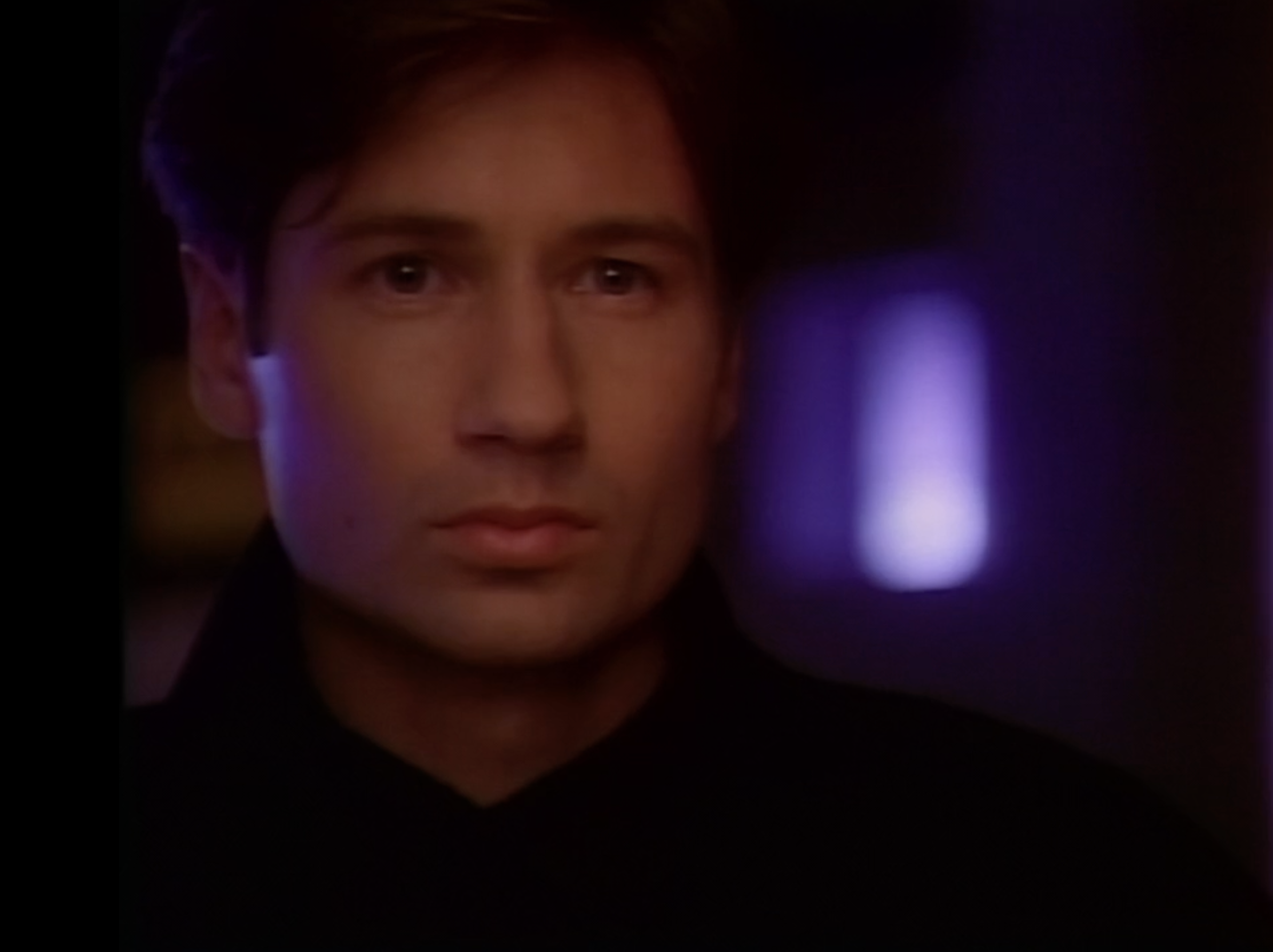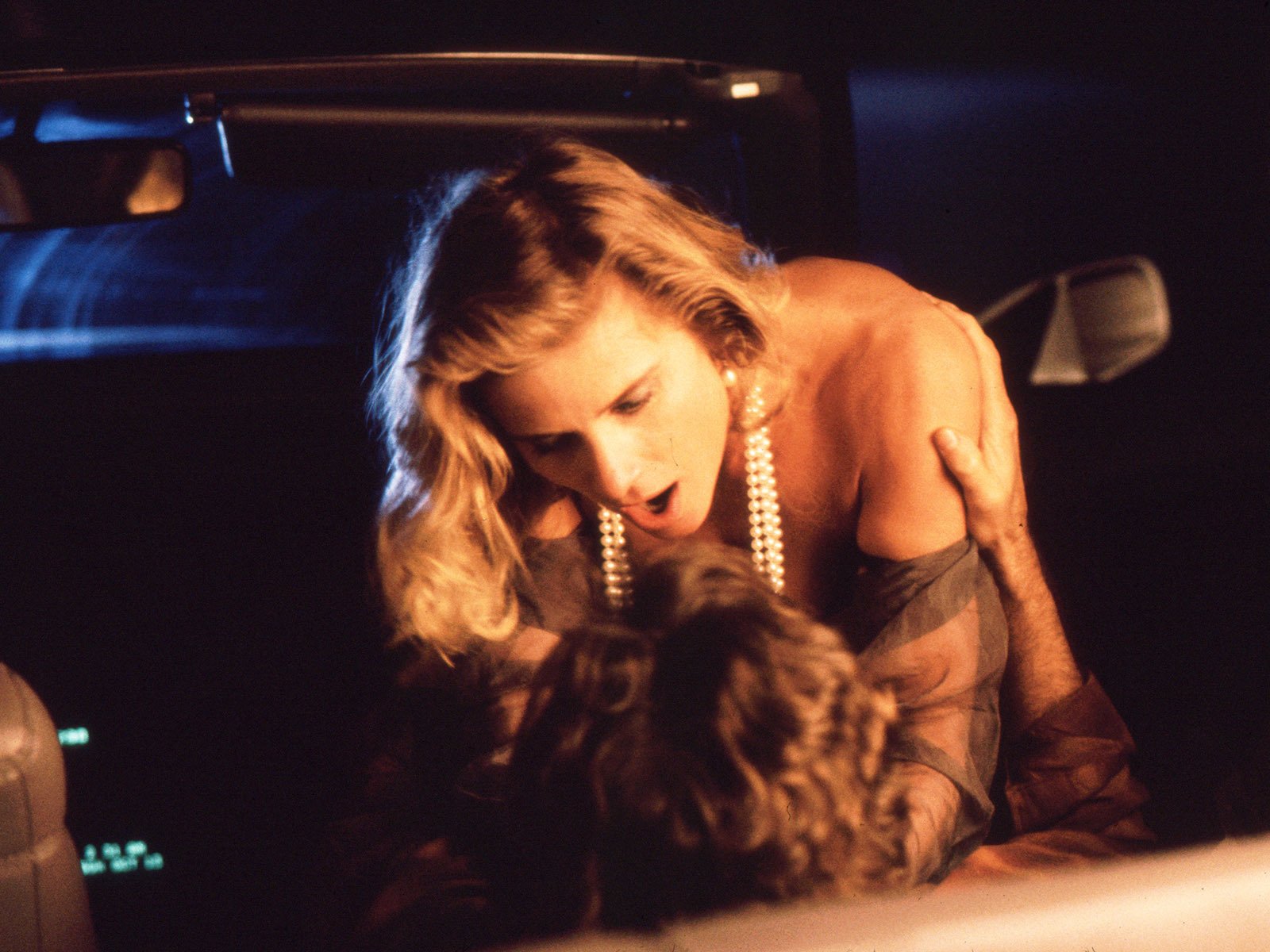SHOW NOTES:
Sources:
Richard Gere presenting at the 1993 Oscars
“Kubrick is Keeping Mouth Shut on Eyes” by David Gritten, LA Times April 21, 1996
“Enigmatic Kubrick Plays the Phantom Director” by Richard Brooks, The Observer November 17, 1996
“Genius at Work” by Joanna Blonska, PEOPLE, January 27, 1997
“Keitel’s Heartbreak Hotel” New York, April 21, 1997
“The 93rd Time is The Charm” by Liz Smith, LA Times, April 30, 1997
“Kubrick Pic in Home Stretch” by Michael Fleming, Variety, June 23, 1999
“2,001 Degrees of Security for Kubrick's New Film” by Sarah Lyall, NYTimes, August 7, 1997
“A Year in the Life: Kubrick’s Shut an Open Case” Variety, September August 14, 1997
“Kubrick Just Can’t Say ‘Cut’” by Paul Mungo, The Independent, September 27, 1997
"Primal Gere" by John Powers, Vogue, November 1997
“Now Production is Expected to Last “Tom and Nicole Plot Homecoming” Variety December 8, 1997
“An Open-End Project” by Steven Smith, LA Times, January 19, 1998
“Tom Cruise and Nicole Kidman Go in with Eyes Wide Shut” by Rebecca Ascher-Walsh, Entertainment Weekly, Jan 23, 1998
“Dishings” by Michael Fleming, Variety, Feb 12, 1998
“Eyes Wide’ Isn’t Quite Shut Yet” by Chris Petrikin, Variety April 27, 1998
“Kubrick's 'Eyes Wide Shut' Still Open” by Bernard Weinraub, NYTimes, April 28, 1998
“Kubrick’s Odyssey” PEOPLE, June 29, 1998
“Eyes to See Summer” LA Times, September 10, 1998
“Kubrick Keeps ‘em in Dark with Eyes Wide Shut” by Claudia Eller, Los Angeles Times, September 29, 1998
“Raphael Cries Cut Over His Kubrick Credit” by Richard Brooks, The Observer, October 4, 1998
“Mouths Wide Open” by Peter Braunstein, Village Voice, December 29, 1998
“Sex ’99.” Movieline, February 1999
“Stanley Kubrick, Film Giant, Dies at 70” by Eric Harrison, LA Times, March 8, 1999
’Eyes’ Sheds Tear: Kubrick dies days after WB pic’s first screening” By Dan Cox, Variety, March 8, 1999
“TV viewers get Eyes-ful” by Benedict Carter and Joe Adalian, Variety March 12, 1999
“Sex Suit Eyed” by Dana Harris, The Hollywood Reporter, March 22, 1999
“…As ‘Shut’ case opens” by Dan Cox, Variety March 29, 1999
“Hype: Thomas Gibson” by Joshua Mooney. Movieline, April 1999
“Sex ‘99” Movieline, April 1999
“Eyes Wide Shit Gets R Rating” Mike Goodridge, Screen International, May 7, 1999
“Nicole Kidman, Cover & Feature: Portraits of a Lady by John Powers”, Vogue Magazine, June 1999
“Eyes Wide Shut Review” by Alexander Walker, London Evening Standard, June 22, 1999
“Just for Variety” by Army Archers, Variety, June 25, 1999
“What They Say About Stanley Kubrick” by Peter Bogdanovich, NYTimes Magazine, July 4, 1999
“Eyes Wide Shut” by Todd McCarthy, Variety, Jul 12, 1999
“Cruise & Kidman Like You've Never Seen Them" Cover TIME Magazine, July 12, 1999
“Eyes Wide Shut: All Eyes On Them” by Richard Schickel TIME Magazine, July 12, 1999
“MPAA Cuts Eyes for 65 secs” by Todd McCarthy, Variety July 12, 1999
“Secrets and Spies: The Betrayal of Stanley Kubrick” by Peter Braunstein, Village Voice, July 13, 1999
‘Eyes’ in Focus by Patrick Goldstein, LA Times, July 14, 1999
“Tom Cruise’s PR film Seeks Extensive TV Restrictions” by Brian Lowry, LA Times, July 14, 1999
“The Great Life” by George Christy, THR, July 16, 1999
“Kubrick, Edited” by Bernard Weinraub, New York Times, July 16, 1999
Eyes Wide Shut Review on Charlie Rose, July 16, 1999
“Eyes Wide Shut” by Roger Ebert, July 16, 1999
“In Kubrick's 'Eyes': Mesmerizing Revelations” by Desson Howe, Washington Post, July 16, 1999
“‘Eyes’ That See Too Much” by Kenneth Turan, LA Times, July 16, 1999
“Bedroom Odyssey” by Janet Maslin, NYTimes, July 16, 1999
“Big Check, Big Stars as Shut Opens” by Kathleen Craughwell, LA Times, July 16, 1999
“Downcast ‘Eyes’?” LA Daily News, July 17, 1999
“A film about sex by a man shy with it” by David Thomson, The Independent, July 18, 1999
“Cinemascore: Eyes Wide Shut” THR, July 20, 1999
“Show Me the Money Shot” by Paul Cullum, July 23, 1999
“A Connoisseur of Cool Tries to Raise the Temperature” by Michiko Kakutani, NYTimes, July 18, 1999
“Critics blast MPAA, WB for altering ‘Eyes’ by Charles Lyons, July 22, 1999
“Critics Blast digital editing of Eyes orgy”by Kirk Honeycutt, The Hollywood Reporter, July 22, 1999
“Eyes Wide Shut” by Owen Gleiberman, Entertainment Weekly, July 23, 1999
“EYES of the STORM” by Benjamin Svetkey, Entertainment Weekly, July 23, 1999
“Censorship costs in the land of the free” by Mike Goodridge, Screen International, July 23, 1999
Critics Assail Ratings Board Over 'Eyes Wide Shut' by Bernard Weinraub, NYTimes, July 28, 1999
“Uncovering the Danger in his ‘Eyes’by Eric Harrison, LA Times, July 30, 1999
“Kubrick’s Depth of Field” by Bill Desowtiz, LA Times, July 30, 1999
'EYES WIDE SHUT'; Confessing Wives, Letter to the Editor, Aug. 1, 1999
'EYES WIDE SHUT'; Defending Kubrick, Letter to the Editor, NYTimes, Aug. 1, 1999
'EYES WIDE SHUT'; Detached at the Orgy, Letter to the Editor, Aug. 1, 1999
'EYES WIDE SHUT'; Smart Alice, Letter to the Editor, NYTimes, Aug. 1, 1999
'EYES WIDE SHUT'; Bad Translations, Letter to the Editor, NYTimes, Aug. 8, 1999
'EYES WIDE SHUT'; Don't Call Him Cold, Letter to the Editor, NYTimes, Aug. 8, 1999
“Eyes Strain” by Tom Gilatto, PEOPLE, August 16, 1999
“High Gere” by Merle Ginsberg, W Magazine, August 1999
'EYES WIDE SHUT'; In Plain English, Letter to the Editor, NYTimes, Aug. 22, 1999
“By Treating Audiences with Kid Gloves, The MPAA Delivers a lethal blow to grown-up fare” by Peter Braunstein, Village Voice, August 31, 1999
“In Venice, ‘Eyes’ grudge laid bare” by Dana Harris and Nick Vivarelli, The Hollywood Reporter September 2, 1999
“Eyes Wide Open for Cruise and Kidman” by David Thomas, The Observer, September 5, 1999
“Maslin bails, critics rail” Salon, by Sean Elder, September 23, 1999
“Janet Maslin, 50, Quits The Times: Loved ‘Eyes Wide Shut,’ Hated ‘Gummo’” by Carl Swanson, September 27, The Observer, September 27, 1999
"Why the Media Kept Their Eyes Wide Shut" by Katherine Rosman, Brill's Content, October 1999
“Richard Gere: Sexiest Man Alive 1999” PEOPLE, November 15, 1999
“Eyes still shut to orgy on vid version” by Scott Hettrick, The Hollywood Reporter, January 14, 2000
“Completely Missing Kubrick” by Michael Herr, Vanity Fair, April, 2000
Sam Kinison/Richard Gere Forum, Firehouse.com, 2001
“NC-17 Comes Out From Hiding” BY Elaine Dutka, LA Times, April 20, 2004
“His object of desire” The Guardian, September 2006
“A New Exhibit Highlights Cultural Decadence of Weimar Germany” by Roberta Smith NYTimes, Oct. 24, 2006
“Nicole Kidman on Life With Tom Cruise Through Stanley Kubrick’s Lens” by Merle Ginsberg, The Hollywood Reporter, Oct 24, 2012
“A Complete History Of Gerbiling So Far” The Awl, November 19, 2012
“Oral History: The Eyes Wide Shut Orgy Scene” by Bilge Ebiri, Vulture, July 27, 2019
“All the Sexiest Man Alive Covers” People, November 8, 2022
“A Highly Questionable Cultural History Of Richard Gere’s Ass Gerbil” Mel Magazine
The Stanley Kubrick Archives edited by Alison Castle
Kubrick by Michael Herr
Eyes Wide Shut (BFI Film Classics) by Michel Chion
Eyes Wide Open by Frederic Raphael
Stanley Kubrick and the Making of His Final Film by Robert P. Kolker and Nathan Abrams
Please note: as an Amazon Associate, Karina earns from qualifying purchases. #ad









